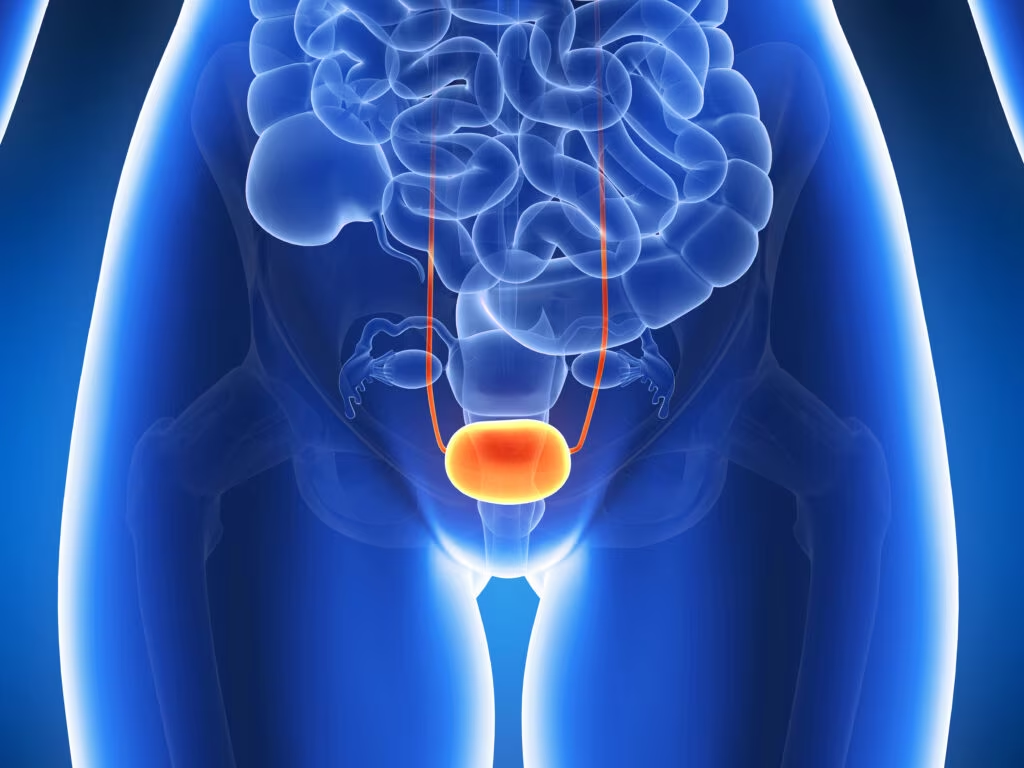Secondary prevention of macrovascular events in patients with type 2 diabetes in the PROactive Study (PROspective pioglitAzone Clinical Trial In macroVascular Events): a randomised controlled trial
Dormandy J A, et al.; PROactive investigators.
Lancet (2005);366(9493): pp. 1,279–1,289
Secondary prevention of macrovascular events in patients with type 2 diabetes in the PROactive Study (PROspective pioglitAzone Clinical Trial In macroVascular Events): a randomised controlled trial
Dormandy J A, et al.; PROactive investigators.
Lancet (2005);366(9493): pp. 1,279–1,289
The aim of this study was to ascertain whether pioglitazone reduces macrovascular morbidity and mortality in high-risk patients with type 2 diabetes. A prospective, randomised controlled trial was performed involving 5,238 patients with type 2 diabetes who had evidence of macrovascular disease. The interpretation made is that pioglitazone reduces the composite of all-cause mortality, non-fatal myocardial infarction, and stroke in patients with type 2 diabetes who have a high risk of macrovascular events.
Long-term efficacy of sulfonylureas: a United Kingdom Prospective Diabetes Study perspective
Holman R R
Metabolism (2006);55(5 Suppl 1): pp. S2–5.
The United Kingdom Prospective Diabetes Study shows sulfonylureas to be an effective first-line therapy for people with type 2 diabetes mellitus.
Postprandial suppression of glucagon secretion depends on intact pulsatile insulin secretion: further evidence for the intraislet insulin hypothesis
Meier J J, Kjems L L, Veldhuis J D, Lefebvre P, Butler PC
Diabetes (2006);55(4): pp. 1,051–1,056.
This study concluded that postprandial hyperglucagonemia in type 2 diabetes is likely due to loss of intraislet postprandial suppression of glucagon secretion by insulin.
An open, randomized, parallel-group study to compare the efficacy and safety profile of inhaled human insulin (Exubera) with metformin as adjunctive therapy in patients with type 2 diabetes poorly controlled on a sulfonylurea
Barnett A H, Dreyer M, Lange P, Serdarevic-Pehar M
Diabetes Care (2006);29(6): pp. 1,282–1,287.
An open-label, parallel, 24-week, multicentre trial was performed to compare the efficacy and safety profile of adding inhaled human insulin (INH; Exubera) or metformin to sulfonylurea monotherapy in patients with poorly controlled type 2 diabetes. In patients with type 2 diabetes poorly controlled on a sulfonylurea (A1C >9.5%), the addition of premeal INH significantly improves glycemic control compared with adjunctive metformin and is well tolerated.
Risk factors for renal dysfunction in type 2 diabetes: UK Prospective diabetes study 74
Retnakaran R, Cull C A, Thorne K I, et al.
Diabetes (2006);55(6): pp. 1,832–1,839.
This study sought to identify clinical risk factors at diagnosis of type 2 diabetes associated with later development of renal dysfunction. Over a median of 15 years from diagnosis of type 2 diabetes, nearly 40% of UKPDS patients developed albuminuria and nearly 30% developed renal impairment. Distinct sets of risk factors are associated with the development of these two outcomes, consistent with the concept that they are not linked inexorably in type 2 diabetes.
The prevalence, severity, and impact of painful diabetic peripheral neuropathy in type 2 diabetes
Davies M, Brophy S, Williams R, Taylor A
Diabetes Care (2006);29(7): pp. 1,518–1,522.
This study aimed to determine the prevalence of painful diabetic peripheral neuropathy (PDPN) in a population-based sample and to estimate its severity and impact. This study showed a prevalence of PDPN of 26.4%. Having PDPN has a significant negative effect on quality of life, and increasing neuropathy is associated with an increasing risk of developing PDPN.
Ghrelin: from somatotrope secretion to new perspectives in the regulation of peripheral metabolic functions
Broglio F, Prodam F, Riganti F, et al.
Frontiers of Hormone Research (2006);35: pp. 102–114.
Ghrelin, a peptide predominantly produced by the stomach, has been discovered as natural ligand of the GH secretagogue (GHS) receptor type 1a (GHS-R1a), suggesting the existence a new endogenous modulator of somatotrope secretion.
Determinants of cardiovascular risk in 2589 hypopituitary GH-deficient adults – a KIMS database analysis
Abs R, Feldt-Rasmussen U, Mattsson AF, et al.
European Journal of Endocrinology (2006);155(1): pp. 79–90.
Data for analysis were retrieved from KIMS (Pfizer International Metabolic Database). This analysis of a large number of patients confirmed that GHD adults present with an increased cardiovascular risk. The sustained improvement of the adverse lipid profile and body composition suggests that GH replacement therapy may reduce the risk of cardiovascular disease and the premature mortality seen in hypopituitary patients with untreated GHD.
Treatment-seeking behavior of erectile dysfunction patients in europe: Results of the Erectile Dysfunction Observational Study
Haro J M, Beardsworth A, Casariego J, Gavart S, Hatzichristou D, et al.
Journal of Sexual Medicine (2006);3(3): pp. 530–540.
This study aimed to present baseline characteristics and treatment-seeking behavior of a large sample of erectile dysfunction (ED) patients recruited in real-life clinical settings. It concluded that unmet need of treatment in ED is high; 66% of patients had experienced ED symptoms for one year or longer when they were looking for treatment. Severity seems to be related to treatment seeking.












